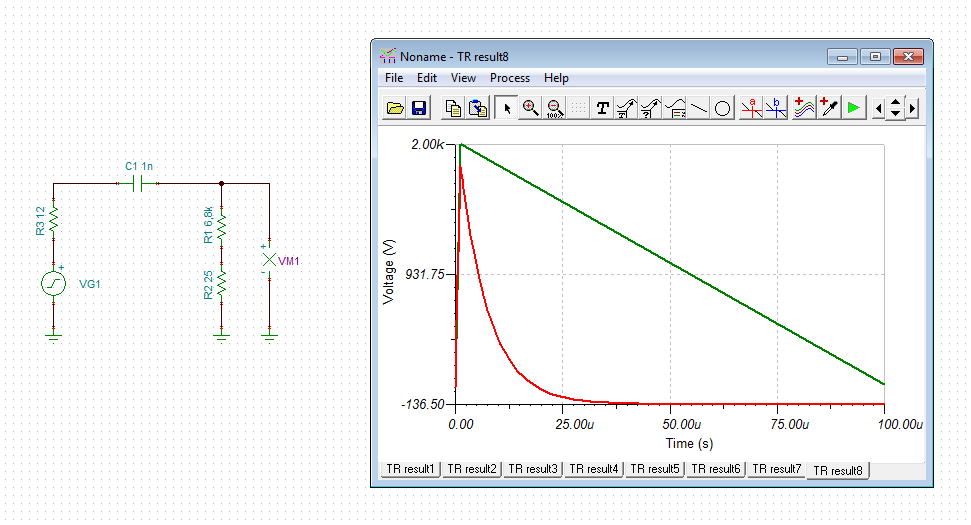I am analysing failure modes on a product (4-20mA application) that use the XTR115.
I have measured about 26-30 ohms between pin 3 and pin 4 of XTR115.
However in modules that have failed, I have noticed the measurement to have changed (to anything from 0 to mega-ohms).
Please advise: What is the tolerance for the value, in the datasheet it is shown as 25ohms.
Please advise: What could cause this value to drift up or down.




